Monitor Sea turtles for signs of potential health risks
TURTLE CONSERVATION PROJECTS
Sea Turtle Hospital and Health Program
Sea turtles inhabit diverse marine ecosystems, and their health can provide valuable insights into the overall health of these habitats. Therefore, sea turtles serve as indicators of ocean health, and any disturbances in their health can signal significant problems within their marine ecosystems.
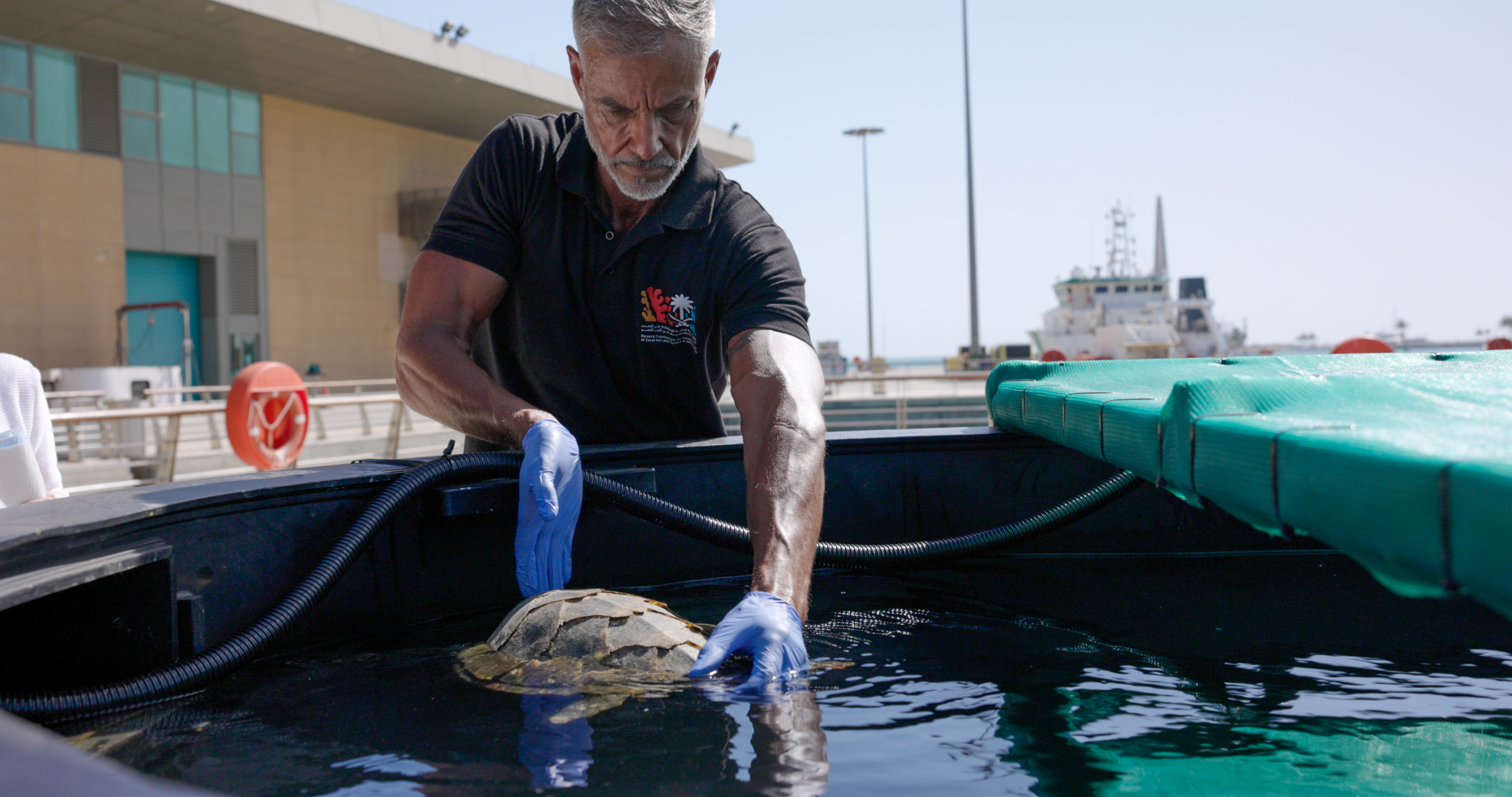
Identify
Track
Use GPS to follow sea turtles and assess threats
Address
Implement conservation actions to mitigate identified health risks
Central to the Sea Turtle Health Program is the SHAMS Sea Turtle Hospital. This state-of-the-art clinical facility will fulfill three primary roles
The Hospital will be equipped with advanced diagnostic and therapeutic modalities to effectively treat injured, diseased, and debilitated sea turtle patients
our robust clinical research program, based within the Hospital, will serve as the cornerstone of the Sea Turtle Health Program, fostering collaboration in marine animal health within the Kingdom, regionally, and globally
The Hospital will function as a global training resource, providing access to education and training in sea turtles and marine animal health and medicine. SHAMS is uniquely positioned to educate and train students and clinicians from around the world in the latest advancements in these medical specialties
01
Sea Turtle Assessment
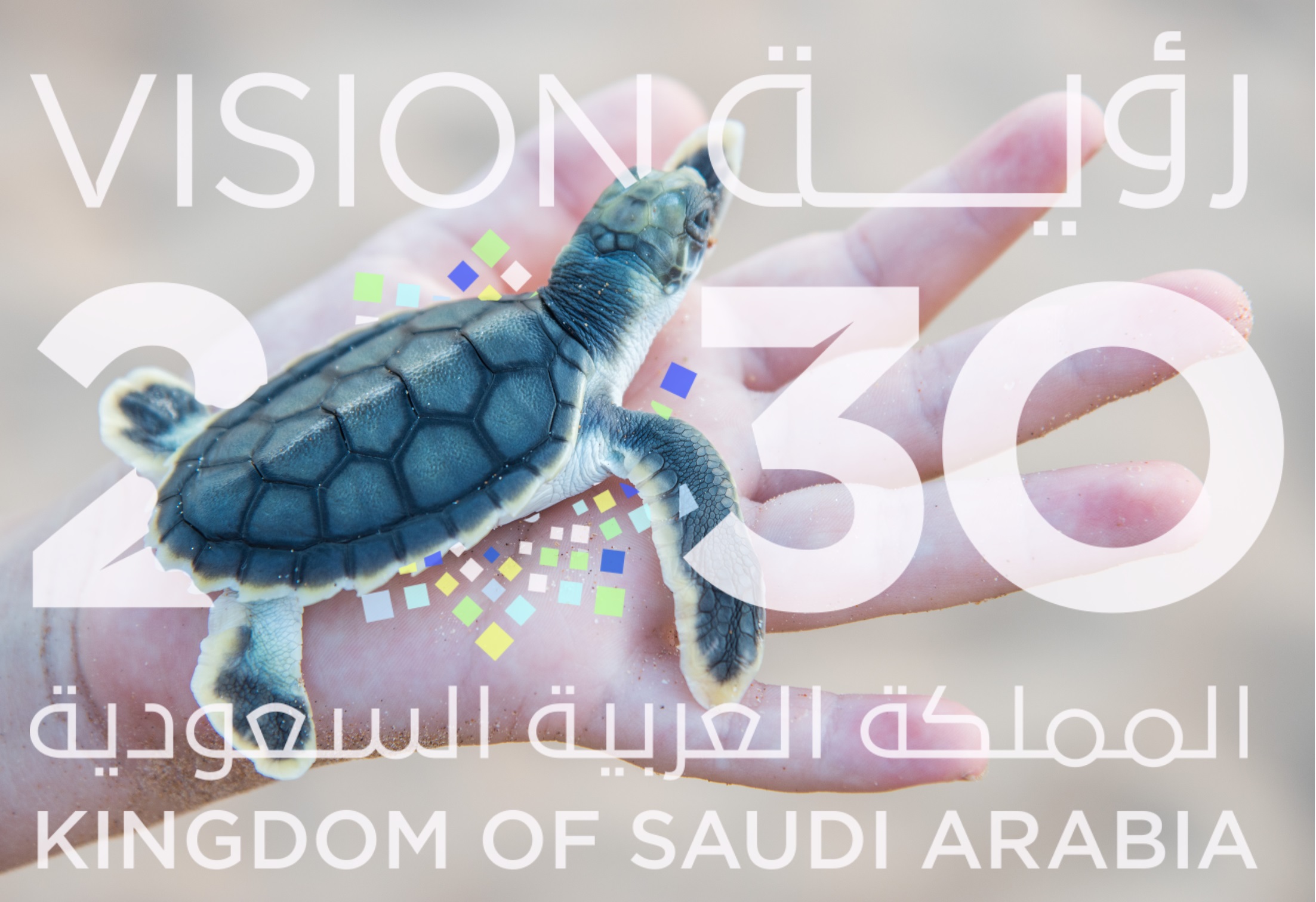
Saudi Vision 2030 sets a bold blueprint for diversifying the Kingdom of Saudi Arabia's economy, emphasizing sustainable tourism as a key pillar. Central to achieving this vision is the protection and enhancement of the Kingdom's natural treasures, ensuring their preservation for future generations. A deeper understanding of marine ecosystems, particularly the coral reefs and sea turtle populations, is crucial for informed, science-based conservation efforts.
In alignment with this goal, SHAMS is launching a comprehensive initiative to assess the sea turtle populations along the Saudi Red Sea. This effort will employ a mix of traditional and cutting-edge techniques to map critical habitats, including foraging areas, nesting beaches, and migration paths. Techniques like mark-recapture, aerial surveys, and satellite tagging will help estimate population sizes and track movements, enhancing our understanding of sea turtle behavior and habitat use.
Key aspects of the project include long-term monitoring of nesting sites to evaluate reproductive success and the use of genetic and stable isotope analysis to explore genetic diversity and population connectivity. This rich data set will not only shed light on vital ecological aspects but also identify threats like fishing bycatch.

Sea Turtle Assessment
Saudi Vision 2030 sets a bold blueprint for diversifying the Kingdom of Saudi Arabia's economy, emphasizing sustainable tourism as a key pillar. Central to achieving this vision is the protection and enhancement of the Kingdom's natural treasures, ensuring their preservation for future generations. A deeper understanding of marine ecosystems, particularly the coral reefs and sea turtle populations, is crucial for informed, science-based conservation efforts.
In alignment with this goal, SHAMS is launching a comprehensive initiative to assess the sea turtle populations along the Saudi Red Sea. This effort will employ a mix of traditional and cutting-edge techniques to map critical habitats, including foraging areas, nesting beaches, and migration paths. Techniques like mark-recapture, aerial surveys, and satellite tagging will help estimate population sizes and track movements, enhancing our understanding of sea turtle behavior and habitat use.
Key aspects of the project include long-term monitoring of nesting sites to evaluate reproductive success and the use of genetic and stable isotope analysis to explore genetic diversity and population connectivity. This rich data set will not only shed light on vital ecological aspects but also identify threats like fishing bycatch.
02
Ras Baridi Beach Restoration
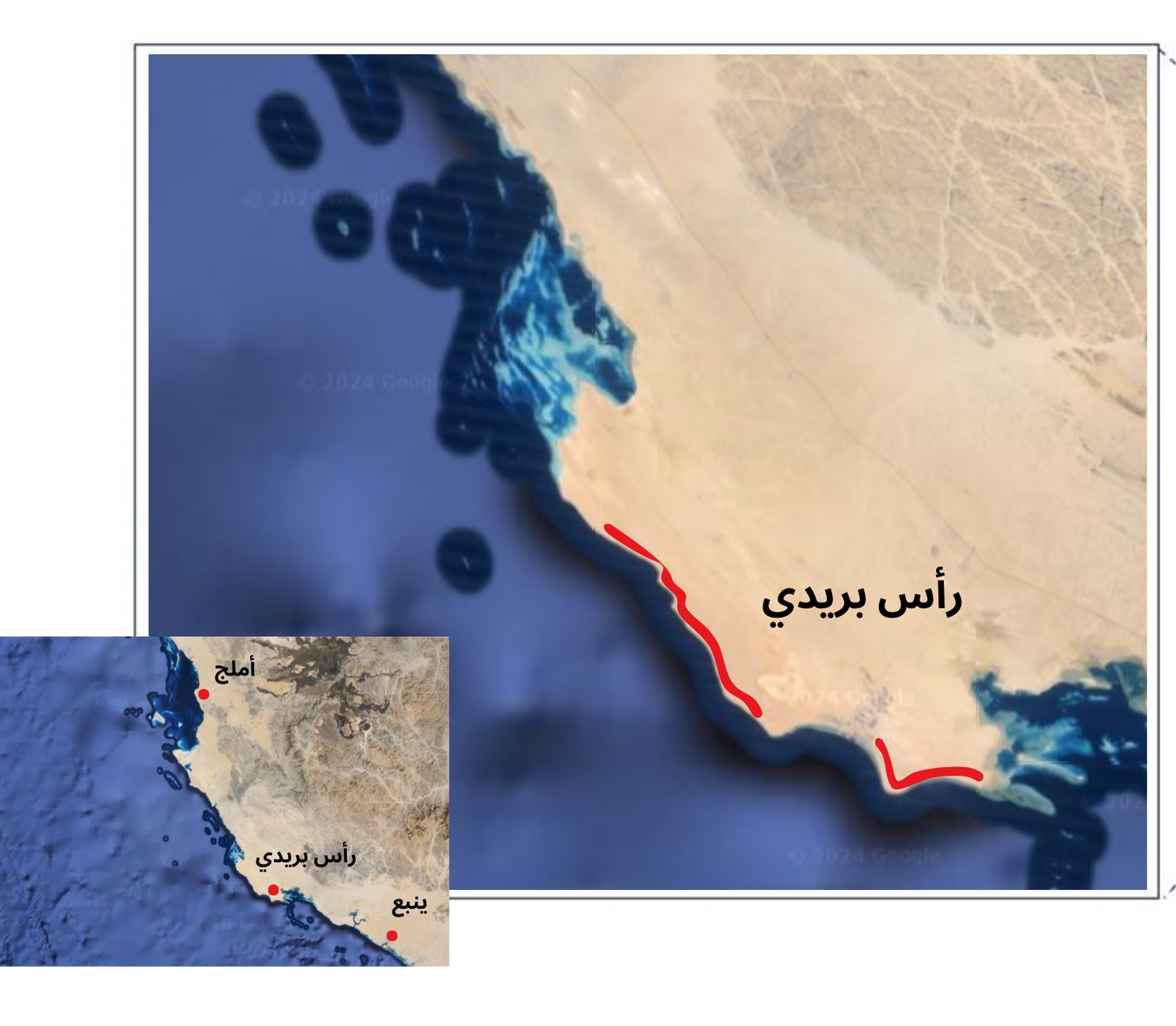
In the Red Sea, Ras Baridi, approximately 70km north of Yanbu City, is the most important and iconic sea turtle nesting site in the Kingdom of Saudi Arabia and is a critically important green turtle nesting rookery supporting the conservation of this species in the region. However, due to historical impacts from nearby industrial activities the nesting beach has degraded substantially and that has resulted in considerable threat to the long-term reproductive success of the green turtle population and natural shape and structure of the beach itself. SHAMS will be implementing an ambitious and science driven project to restore the morphology and condition of the nesting beach at Ras Baridi.

Ras Baridi Beach Restoration
In the Red Sea, Ras Baridi, approximately 70km north of Yanbu City, is the most important and iconic sea turtle nesting site in the Kingdom of Saudi Arabia and is a critically important green turtle nesting rookery supporting the conservation of this species in the region. However, due to historical impacts from nearby industrial activities the nesting beach has degraded substantially and that has resulted in considerable threat to the long-term reproductive success of the green turtle population and natural shape and structure of the beach itself. SHAMS will be implementing an ambitious and science driven project to restore the morphology and condition of the nesting beach at Ras Baridi.
The outcomes
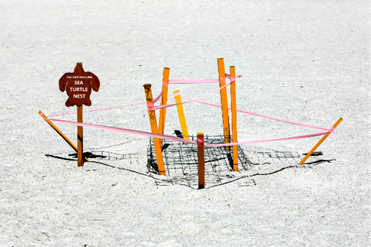
Protect adult nesting turtles
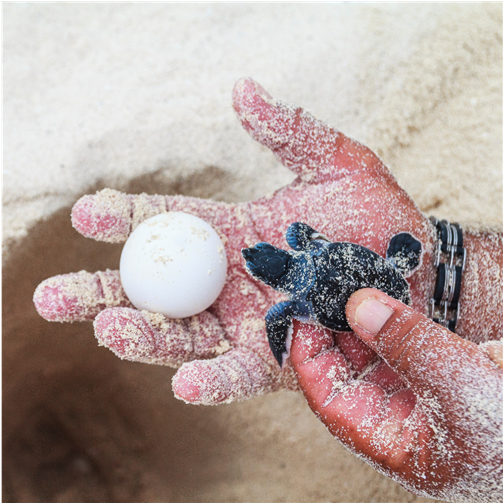
Increase nesting and hatchling success
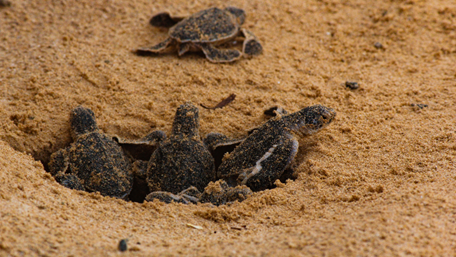
Contribute to green turtle population conservation and recovery in the Red Sea
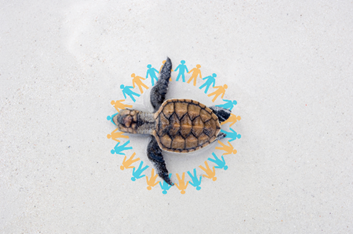
Demonstrate collaborative efforts among government, non-government organizations, local communities, and industry

